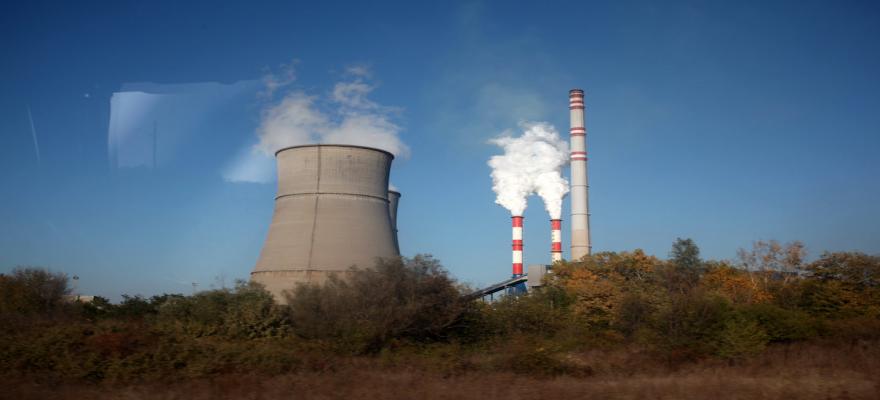

Innovation engineer inspecting CCUS incubation area within BECCS pilot plant at Drax Power Station Europe’s first negative emissions projectĭrax has an ambition to go beyond carbon neutrality and become carbon negative. Capturing and storing these emissions will play an important part in mitigating climate change. CCUS, specifically Bioenergy with Carbon Capture and Storage (BECCS), can generate power whatever the weather while providing negative emissions at the same time.īECCS and other negative emissions technologies can also help to capture emissions from the ‘harder to abate’ sectors, such as industrial processes, aviation and agriculture. However, the UK still faces challenges on the journey to a zero-carbon economy.Īs electrification decarbonises transport, heating and other sectors of the economy, increased power demand will require flexible sources of power.

Renewable energy sources have proliferated over the last decade, and the carbon intensity of electricity generation has fallen. Why is CCUS important in tackling the climate crisis? You can store CO₂ in disused salt mines, depleted oil and gas wells, or natural saline aquifers. Once you’ve captured the carbon you can use it (and displace fossil fuel usage in the process), or transport and store it. You can use solvents to capture these emissions, called flue gases, - and remove the carbon dioxide before it enters the atmosphere and contributes to climate change. When using fuel to generate electricity, burning the fuel releases carbon dioxide and other gases. Post-combustion occurs at the point of use. It’s possible to use the emissions-free hydrogen can then be used to replace natural gas in power generation, heating and other industrial processes. Pre-combustion carbon capture occurs before using a fuel and converts it into hydrogen and carbon dioxide. There are two main ways of capturing carbon in industry. Through photosynthesis, trees absorb CO₂ and use it to grow, storing carbon in wood. Forests are a good example of carbon capture. It’s possible to capture around 90% of the carbon dioxide (CO₂) that these processes emit.Ĭarbon capture happens in nature, as well as in artificial processes. Carbon capture, use and storage (CCUS) is a way to reduce the carbon emissions of activities such as power generation or intensive processes like steel production.


 0 kommentar(er)
0 kommentar(er)
